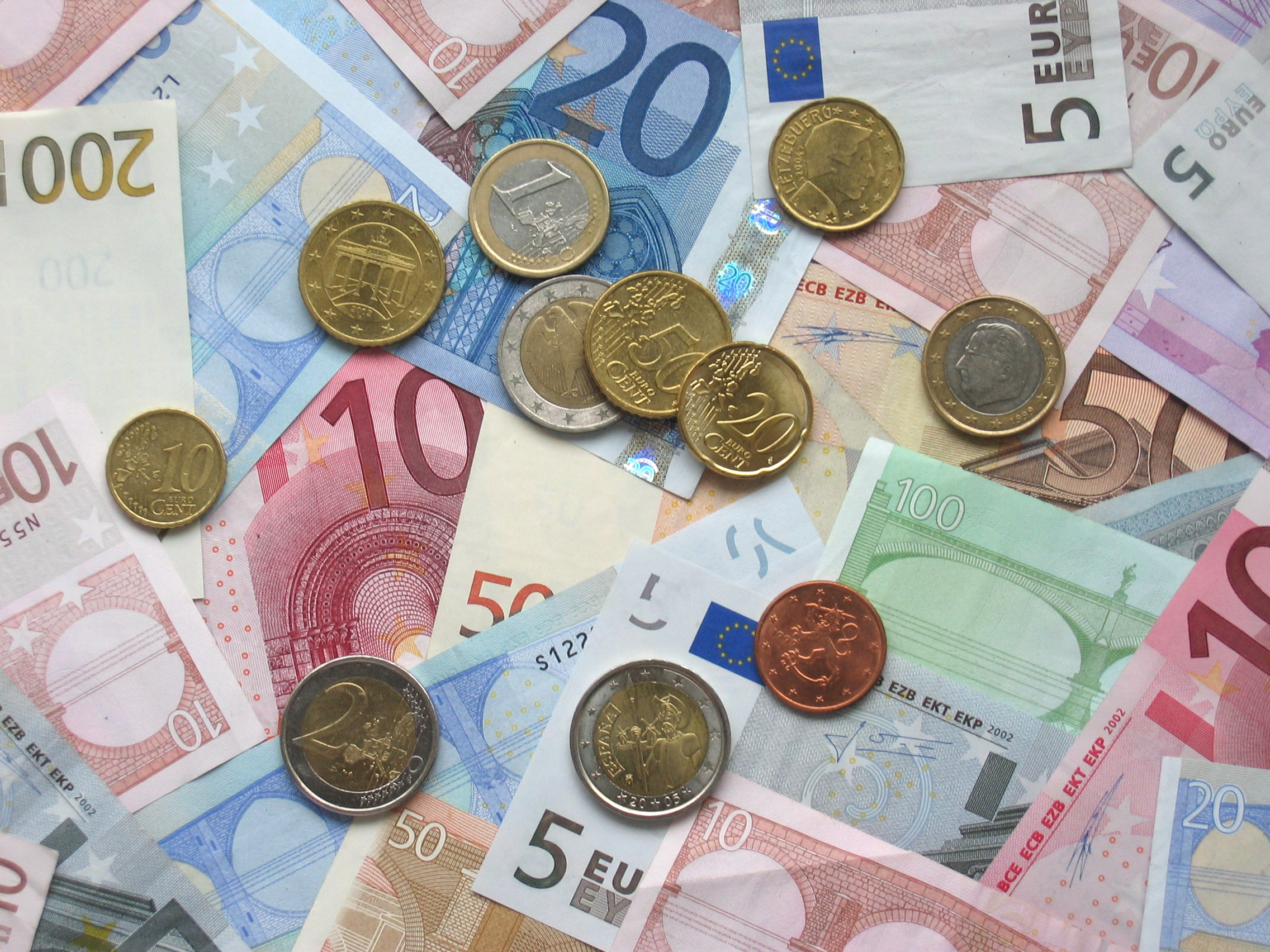The European Single Currency, euro is up almost 10 percent so far this year and was a shade lower at $1.1513 ahead of Draghi’s 1230 GMT post-meeting news conference, having hit a 14-month high of $1.1583 on Tuesday.
The euro, on Thursday, July 20, moved near a 14-month high and investors were riding a global rally in stocks as Asia’s and then Europe’s early 0.4 percent gains ensured MSCI’s 47-country All World index was up for a 10th straight session.
It is its longest winning streak since February 2015 and was showing little sign of fatigue even as bond yields – the key driver of global borrowing costs – edged higher again.
They were lifted as oil prices held near 2 percent gains made the previous session when falling U.S. crude inventories gave the market a lift ahead of a key OPEC meeting next week.
The day’s focus though was squarely on the Japanese central bank’s decision to push back its ambitious inflation target again and on whether European Central Bank head Mario Draghi would give a hint later that it plans to wind down its 60 billion-euro-a-month stimulus program.
ECB President Draghi opened the door to policy tweaks in a speech last month that was viewed as unexpectedly hawkish, sending the euro and government bond yields rallying.
The yen meanwhile had weakened to 112.135 yen per dollar after the BOJ pushed back its projected timing for hitting its 2 percent inflation target until 2020.
With both its main rivals down, the dollar rose for a second straight day climbing 0.3 against a broader basket of trade-weighted peers.
The other main mover was the Australian dollar as it set a new two-year high, still heady from an upbeat sounding Reserve Bank of Australia earlier in the week. It eventually pulled back to trade at $0.7939 in Europe.














